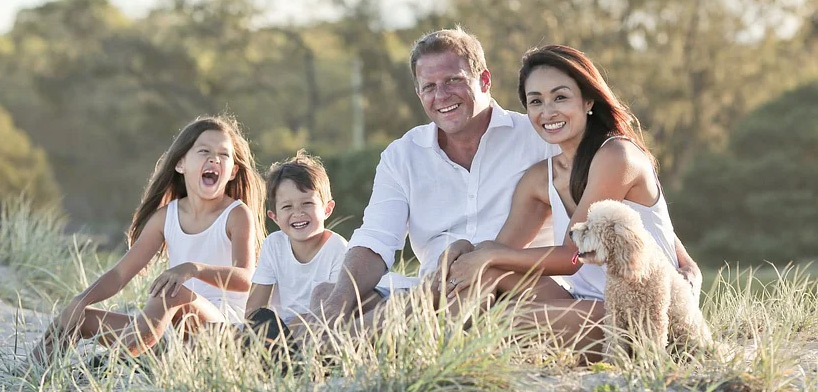In his work, therapist Benjamin Bloom inferred that practically everything individuals can learn anything whenever gave the right conditions and that when a kid focuses on an ability region, guardians should submit also. Creator Ken Kiewra concentrated on certifiable wonders in different spaces and offers his viewpoint on the conditions important for progress and on guardians’ parts in developing ability.
Amadeus Mozart, Pablo Picasso, Bobby Fischer, and Tiger Woods have commonly recognized names in the music, craftsmanship, chess, and golf universes. All were youngster wonders, dominating their spaces with the best of grown-ups. Nonetheless, these exemplary craftsmen address simply the tip of the kid wonder chunk of ice. Following are seven different ways that guardians assist kids with releasing their abilities:
1. Find Element
Analyst Ken Robinson recommends that we all have ability potential in specific spaces of natural strength. Ability is probably going to bloom when we find and work in our actual component. My own child showed qualities as a young person that assisted me with finding his component. To begin with, he had a solid memory. Second, he was devoured by specific points like dinosaurs or vehicle parts and would read them for quite a long time.
Third, he was phenomenal in essential games like Tic-TacToe and Connect Four. Given these attributes, I contemplated he may appreciate and prevail in chess. Chess was without a doubt his component. Today he is an International Chess Master and expert chess mentor.
2. Give Early Start
In my own investigation of gifted youth, possible public and elite chess players, implement twirlers, Olympic skaters, and performers were regularly acquainted with their ability area when they were 3–5 years of age. Additionally, a significant number of these youngsters were naturally introduced to the ability area, as their families were at that point achieved players, mentors, or aficionados.
Similar remains constant for the previous competitor and golf enthusiast Earl Woods, who gave Tiger his first club when Tiger was only 7 months old and had Tiger sit in his high seat in the carport to watch his dad hit golf balls into a net. Before Tiger turned 2, he and his dad were rehearsing and playing golf routinely on the course. Time, practice, and natural advancement are particular benefits to a solid beginning.
3. Build up Center of Excellence
Ability creator Matthew Syed found that one little British street and prompt area delivered really remarkable table tennis players during the 1980s than the wide range of various streets all through England joined. How could this be conceivable? It wasn’t the drinking water, yet rather the impact of an appalling teacher.
This instructor was a first-class and devoted table tennis player and opened an after-school program in a broken-down office for neighbourhood kids. Every one of the children had keys and closed nonstop access. In a brief time frame, this office turned into a Ping-Pong focus of greatness.
Such focuses of greatness are genuinely inescapable. New York City, as referenced, is a focal point of greatness for chess and was the beginning stage for Bobby Fischer, Josh Waitzkin, and other chess wonders.
4. Work with Practice
An enhanced early climate may kick off a youngster making a course for Carnegie Hall, yet it takes practice, practice, and more practice to convey him. The review concentrates, for example, Gardner’s affirm that gifted performers like Mozart and craftsmen like Picasso, notwithstanding their initial abilities, polished strenuously for at least 10 years prior to finishing a critical work.
This 10-year rule has all the more as of late been stretched out to an assortment of different areas like chess, math, science, swimming, tennis, and writing. Practice, however, is not quite the same as playing or performing. Ability creator Geoff Colvin shows that training should be conscious. This implies that students should work over and again on explicit abilities outside their usual ranges of familiarity.

